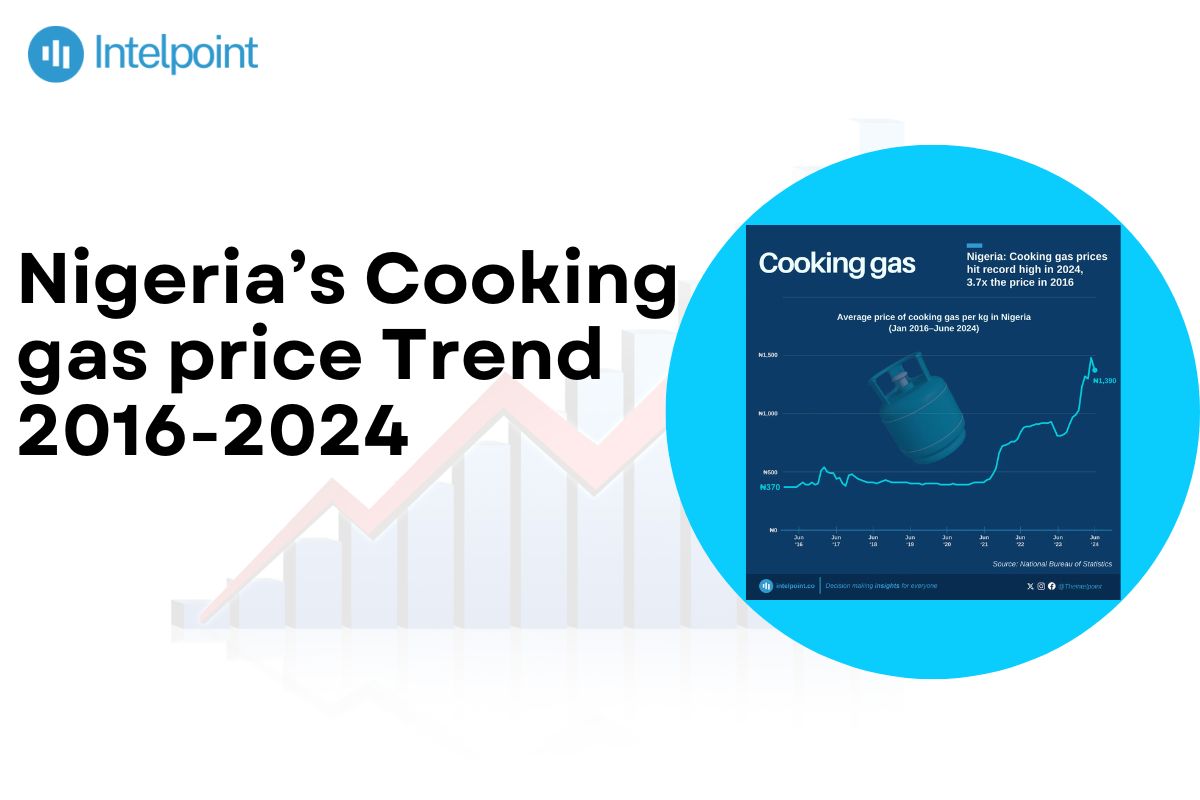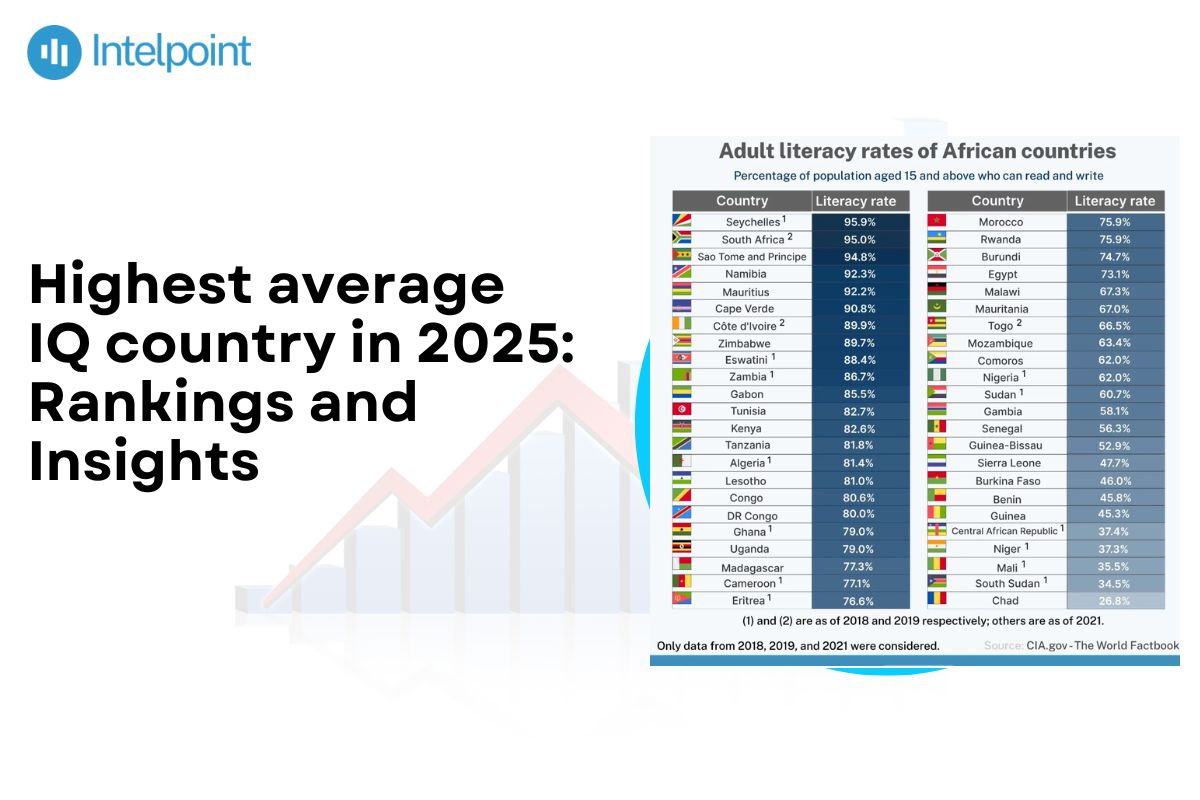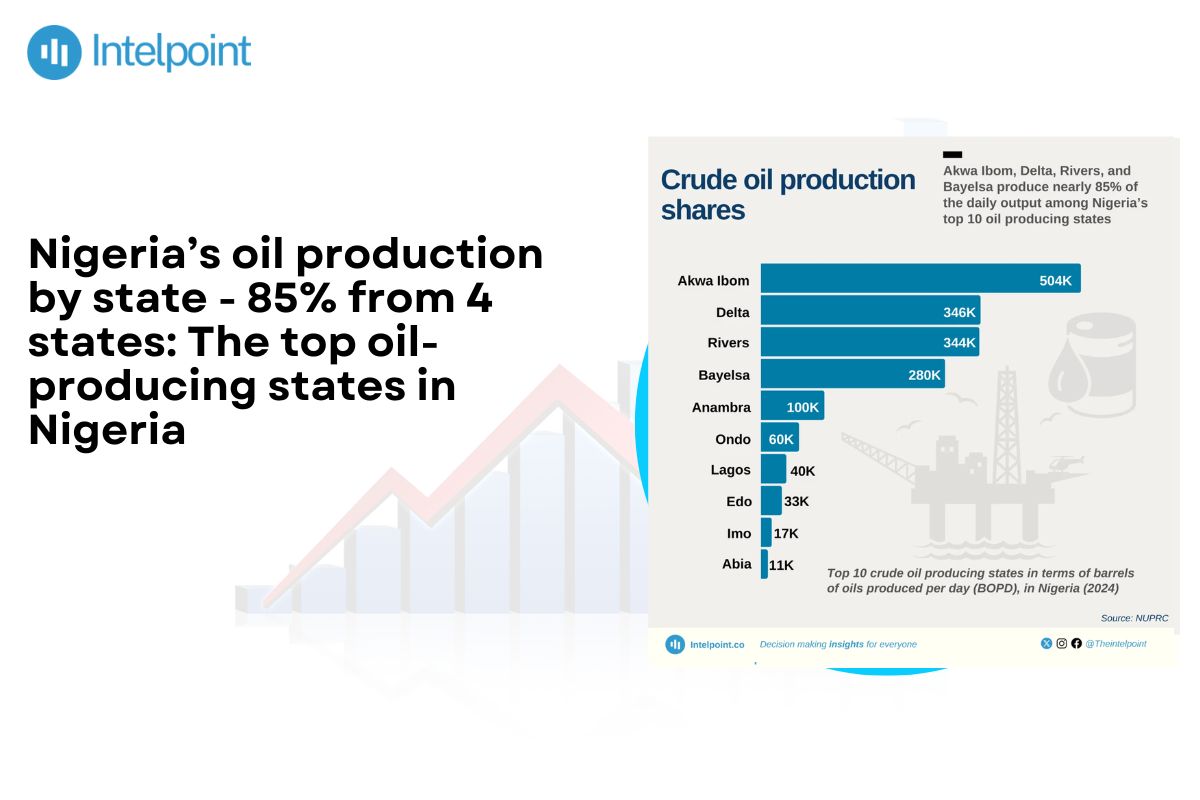The rising cost of Liquefied Petroleum Gas (LPG) poses a challenge to Nigeria in attaining Goal 7 of the Sustainable Development Goals (Affordable and Clean Energy).
The average cooking gas price in Nigeria has increased by 235% in just eight years reaching ₦1500 per kg in 2024. This rise was driven by Nigeria’s overreliance on imports, currency devaluation, and subsidy removals.
Here's a detailed table summarising the trends in cooking gas prices in Nigeria from 2016 to 2024:
| Year | Average Price per Kilogramme (₦) | Percentage Change from Previous Year (%) | Notable Events and Factors Influencing Prices |
| 2016 | 370 | — | Stable prices; baseline year. |
| 2017 | 400 | 8.11 | Slight increase due to minor currency fluctuations. |
| 2018 | 420 | 5.00 | Gradual rise linked to global oil price changes. |
| 2019 | 450 | 7.14 | Continued upward trend; supply chain inefficiencies. |
| 2020 | 500 | 11.11 | COVID-19 pandemic impacts; global supply disruptions. |
| 2021 | 600 | 20.00 | Removal of subsidies; increased import costs. |
| 2022 | 800 | 33.33 | Naira depreciation; higher international LPG prices. |
| 2023 | 1,390 | 73.75 | Peak prices in May; slight decline by June. |
| 2024 | 1,500 | 7.91 | Export ban in October; prices remain high. |
Key takeaways
- 2016-2020: Average cooking gas prices remained stable, ranging between ₦387- ₦394 per kg, due to low LPG adoption and subsidised prices.
- 2021: Price rises to ₦475 per kg, reflecting initial demand increases and currency depreciation following an economic downturn.
- 2022: Increased import costs, devaluation of the naira, and global price hikes spiked prices to ₦834 per kg, as prices increased every month.
- 2023: Average cooking gas prices climb from ₦814 in June to ₦993 in December, despite government interventions; economic pressures continue to push prices higher.
- 2024: Cooking gas price in Nigeria peaked at approximately ₦1,500 (₦1484) per kg as of May 2024, exacerbated by halted exports and subsidy removals, impacting Nigerian households heavily.
2016-2020: Stability amid low demand and subsidies
Nigeria’s gas prices remained relatively stable at a low price point between 2016 and 2020. This stability of low prices was because cooking gas remained subsidised by the government and the demand was low as Nigerians used alternative cooking fuels.
Although prices remained relatively stable during this period, the largest month-on-month increase occurred in December 2016 as prices soared by 28% to N400. The highest price during this period was in February 2017 at ₦542 and the lowest price was in March 2016.
2021: Rising demands
The average price rose to ₦475 per kg in 2021 to accommodate the rising adoption and demand for cooking gas. The price surged by 84% from the lowest point in January (₦390) to the highest point in December (₦719).
The depreciation of the Nigerian currency alongside an economic downturn ensured that gas prices increased every month from July 2021 to December 2021, as prices increased by the largest percentage of 21% in November 2021 to ₦663.
2022: Dependency on importation and global price hikes
The cost of importation of cooking gas and rising global gas prices led to the persistent increase in prices in 2022. Prices spiked significantly, reaching ₦913 per kg in December.
Cooking gas prices in 2022 remained unstable as prices increased successively every month throughout the year with the cheapest being ₦732 in January.
2023: Devaluation of the naira and subsidy removal
The devaluation of the naira in 2023, alongside the fuel subsidy removal countered government policies to control gas prices. These economic pressures led to increased prices for six consecutive months from its lowest price of ₦814 in June to ₦993 in December — a 22% increase.
2024: Record high prices
The upward pressure on cooking gas prices, exacerbated by halted exports and subsidy removal, continued into mid-2024 as prices rose to an all-time high of approximately ₦1,500 (₦1484) per kg as of May 2024. This increase in price alongside rising inflation levels has impacted Nigerian households heavily.
Conclusion
The dependency of Nigeria on imported cooking gas and its unstable currency makes gas prices very likely to increase whenever the currency devalues further. The price of cooking gas in Nigeria has increased by 235% from ₦387 in January 2016 to ₦1383 in October 2024. Government policies such as the removal of value-added tax (VAT) on cooking gas in 2019 and increased public awareness to drive demand for cooking gas have proven futile as the prices continue to rise.
These increases in the country of poor people put enormous strains on households. The solution to these persistent increases is creating incentives for private investments in the LPG value chain and ramping up domestic production.





